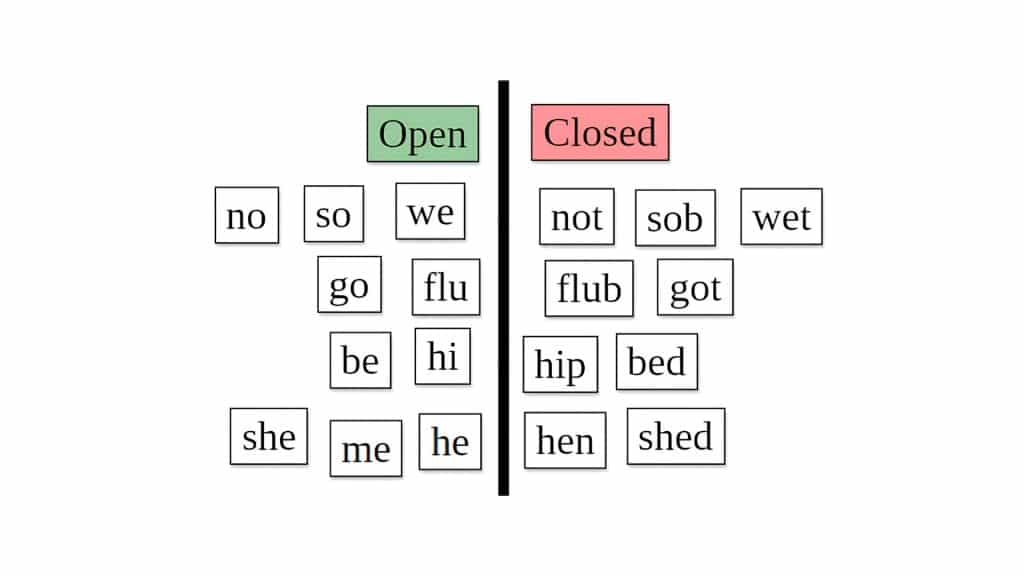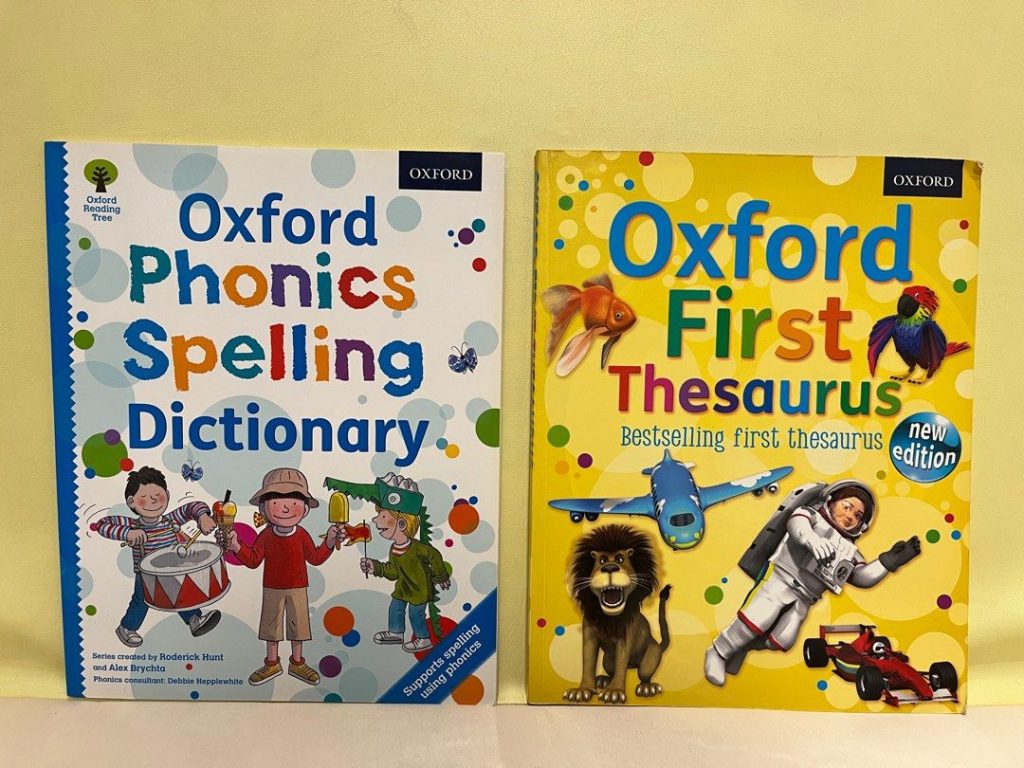The long ‘A’ sound is a key element of the English language, yet it poses a significant challenge for many learners due to its various spellings.
Mastering this sound in numerous everyday words is essential for developing strong reading, writing, and pronunciation skills.
However, the intricacy of English, with its inconsistent spelling rules and exceptions, can make it challenging for students to understand how this sound is represented in writing.
This comprehensive guide aims to thoroughly analyze the long ‘A’ sound’s different spellings and usages, offering learners a solid foundation for recognizing and utilizing this sound in their reading and writing.
This guide will support students and teachers in approaching this complex topic with confidence by exploring common patterns and exceptions.
Common Spellings of the Long ‘A’ Sound
Several common spellings represent the long ‘A’ sound, each with unique patterns and rules.
Understanding these spellings is essential for students to develop a strong foundation in reading and writing words containing the long ‘A’ sound.
The most prevalent spellings include the AI and AY vowel teams, the Magic E (Silent E), and open syllables.

AI and AY Vowel Teams
The AI and AY vowel teams are two of the most frequently encountered spellings of the long ‘A’ sound.
AI is typically found in the middle of words, such as “rain,” “train,” and “plain,” while AY is usually found at the end of words or syllables, like “play,” “say,” and “birthday.”
To effectively teach these vowel teams, educators can employ various strategies:
- Separating the phonemes in words to emphasize the vowel team as a sound unit.
- Color-coding the AI or AY team to distinguish it from other letters.
- Providing targeted word lists for students to practice recognizing and using these spellings in context.
Magic E (Silent E)
Another common spelling of the long ‘A’ sound is the Magic E, also known as the Silent E.
In this pattern, the letter ‘E’ at the end of a word is silent but makes the preceding vowel long, as in “cake,” “make,” and “fame.”
Educators can use word transformation exercises to teach the Magic E pattern. They start with a short vowel word like “can” and then add the Magic E to create “cane,” demonstrating how the silent ‘E’ changes the vowel sound.
This hands-on approach helps students visualize and internalize the impact of the Magic E on the long ‘A’ sound.
Open Syllables

Open syllables are another important concept when learning the long ‘A’ sound.
In open syllables, the vowel at the end of the syllable makes a long sound, as seen in examples like “April,” “agent,” and “paper.”
Students can learn to recognize this pattern and its effect on the long ‘A’ sound by incorporating open syllables into phonics activities and word lists.
Combining open syllable practice with other common spellings will help learners develop a comprehensive understanding of the various ways the long ‘A’ sound is represented in the English language.
Here is a table summarizing the common spellings of the long ‘A’ sound:
| Spelling Pattern | Occurrences | Examples |
|---|---|---|
| AI | Typically found in the middle of words | rain, train, plain |
| AY | Usually found at the end of words or syllables | play, say, birthday |
| Magic E (Silent E) | At the end of a word, making the preceding vowel long | cake, make, fame |
| Open Syllables | The vowel at the end of the syllable makes a long sound | April, agent, paper |
Unusual Patterns and Exceptions
In addition to these less frequent spellings, there are also unusual patterns that produce the long ‘A’ sound, such as:
- ET in “ballet” (borrowed from French)
- AUGH in “caught” (rare)
These exceptions can be particularly challenging for learners, as they don’t follow the typical rules or patterns associated with the long ‘A’ sound.
By explicitly teaching the different sounds each spelling can make and providing examples of each, educators can help students navigate these tricky spelling patterns and develop a deeper understanding of the intricacies of English spelling and the influence of other languages on the development of English words.
Here is a table summarizing the less common spellings and exceptions:
| Spelling Pattern | Occurrences | Examples | Note |
|---|---|---|---|
| EA | Found in specific words | great, break, steak | It also represents other sounds in some words. |
| EI | Used in some words | reign, vein | Rare, sometimes follows specific rules. |
| EY | In words that often end with this sound | they, hey, prey | It is less common but important to recognize. |
| EIGH | Appears in a select group of words | eight, weight, neighbor | Complex pattern, usually in the middle of words. |
| ET (French origin) | Borrowed from French, rare occurrences | ballet | Specific cultural origin influences spelling. |
| AUGH | Rare and specific usage | caught | It is very rare and often confuses learners. |
Teaching Tools and Activities for Mastery
Educators can employ engaging teaching tools and activities to help students master the different spellings and usages of the long ‘A’ sound.
These resources reinforce the concepts taught and make learning fun and interactive, promoting better retention and understanding of the long ‘A’ sound.
Phonics Spelling Dictionary

One effective tool is the creation of a phonics spelling dictionary, where students can record and reference the different spellings of the long ‘A’ sound.
This dictionary should be organized by spelling patterns, with dedicated pages for students to write example words for each pattern.
Encouraging learners to add to their dictionaries regularly and to use them as a reference during reading and writing activities will help them internalize the various spellings and their associated words.
Word Sorting Activities
Word sorting activities are another powerful way to reinforce students’ recognition and usage of the various long ‘A’ spellings.
Teachers can list words containing the long ‘A’ sound and have students sort them into categories based on their spelling patterns, such as AI, AY, and Magic E, or less common spellings like EA or EI.
This hands-on approach allows students to actively engage with the words and better understand the patterns that govern the long ‘A’ sound.
Word Unscramble Exercises
To further enhance phonemic awareness, educators can implement word unscramble exercises.
In these activities, students are given scrambled words broken down by graphemes and tasked with reconstructing them, focusing on the long ‘A’ sound and its spellings.
This activity encourages learners to manipulate the individual sounds within words, strengthening their understanding of the relationship between phonemes and graphemes.
Advanced Understanding of the Long ‘A’ Sound
As students progress in their understanding of the long ‘A’ sound, it is important to delve into more advanced concepts, such as complex vowel teams, their positions within words, and the role of syllable types in determining the pronunciation of the long ‘A’ sound.
By exploring these topics in greater depth, learners can better understand the intricacies of English spelling and pronunciation.
Vowel Teams and Syllable Types
One key area of focus for advanced learners is the study of complex vowel teams and their positions within words.
While the AI and AY vowel teams are the most common representations of the long ‘A’ sound, students should be aware of other, more complex vowel teams, such as EIGH in “weight” and “eight” or EY in “they” and “obey.”
By analyzing these complex vowel teams and their positions within words, students can better understand the patterns and rules that govern the long ‘A’ sound.
Another important concept for advanced learners is the differentiation between open and closed syllables and their impact on pronouncing the long ‘A’ sound.
In open syllables, the vowel at the end of the syllable makes the long sound, as in “pa-per” or “ba-by.”
In contrast, closed syllables, where a consonant follows the vowel, typically produce a short vowel sound, as in “cat” or “mad.”
Interactive Learning Techniques
| Technique | Purpose |
|---|---|
| Board Games | Engage and reinforce vowel teams and syllable-type concepts. |
| Flashcards | Study tool for different spellings and syllable types. |
| Real-world Application | Apply phonics knowledge in identifying real-world texts. |
Educators can employ various interactive learning techniques to support advanced learners in exploring these complex topics.
For example, board games that focus on identifying and categorizing words with complex vowel teams or syllable types can provide an engaging and effective way to reinforce these concepts.
Similarly, flashcards featuring words with the long ‘A’ sound, organized by vowel team or syllable type, can serve as a valuable study tool for students looking to deepen their understanding of these advanced concepts.
In addition to these targeted learning activities, educators can encourage advanced learners to apply their knowledge of the long ‘A’ sound to real-world contexts.
For example, students can identify words containing the long ‘A’ sound in popular books, magazines, or newspapers and analyze the specific spellings and syllable types used in each word.
This authentic, context-based learning can help students better understand the long ‘A’ sound and its various representations in the English language.
Summing Up
This comprehensive guide explored the significance of mastering the long ‘A’ sound in English literacy.
By understanding the various spellings and patterns, such as AI and AY vowel teams, Magic E, and open syllables, as well as the less common spellings and exceptions, learners can develop a strong foundation in this crucial aspect of the language.
So, why is mastering the long ‘A’ sound so important?
It empowers students to become proficient readers, writers, and communicators ready to tackle the challenges and opportunities of the 21st century with confidence and skill.
Success requires a combination of explicit instruction, engaging activities, and a supportive learning environment that encourages exploration and creativity.
Educators can help students build the necessary skills and confidence to become capable English language users by providing a structured approach while allowing for flexibility.
